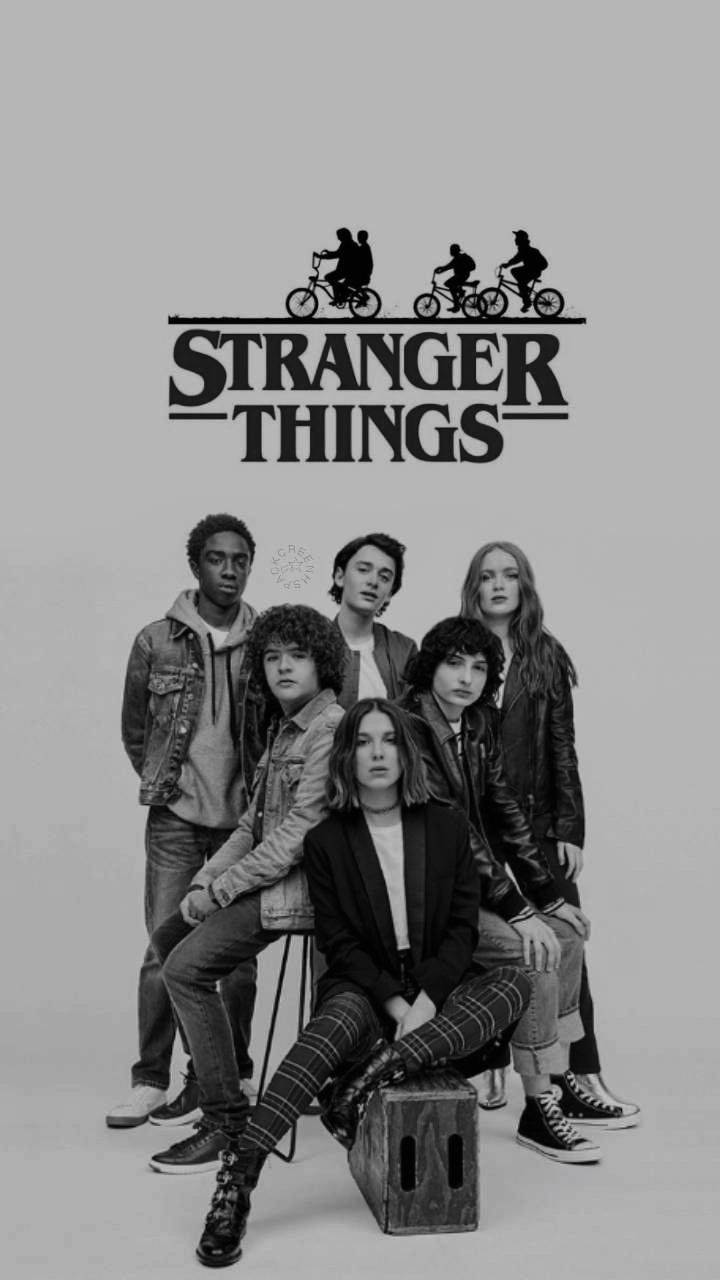And just like that, the Television Academy took the “primetime” out of the Primetime Emmys. In December, I wrote about the new agreement between the formerly combative Los Angeles- and New York-based TV academies in which categories would start to be aligned by genre, rather than dayparts. And now, we’re starting to see the changes take effect.
Most notably, the org behind the Primetime Emmys, the Television Academy here on the West Coast, has tweaked the language in its eligibility rules to take out specific time frames. Previously, programs and individual achievements within them were “eligible for nomination if they were originally aired (6:00 p.m.-2:00 a.m.) during the current eligibility year.”
This year, however, the qualifying rule stipulates that any programs and individual achievements within them “identify as Primetime program by virtue of genre and [if they] were originally presented during the current eligibility year.”
It’s a subtle, but monumental difference as we head into a post-linear era. For those of us who grew up obsessed with TV schedules, it’s a bit of a tough adjustment. I was that kid who studied every issue of TV Guide magazine, noting when and how programs were scheduled. I memorized every network’s lineup (both in primetime and daytime!) and took note of every strategic time slot change as they happened.
TV Guide’s fall TV preview issue was the playbook for the year — the sacred text that I pored over, learning the granular details of how every show would be launched, what it would compete against and what was waiting in the wings to take over.
I suppose it’s no surprise I ended up covering the TV biz, getting paid to do the same exact thing. And for most of my career, I have traveled to the network upfronts each year, trying to score and publish each network’s fall schedule the night before they planned to announce their lineup to advertisers.
Securing those primetime line-ups was so important to us that one year, my Variety colleague Joe Adalian and I bought a tray of sandwiches to talk our way into Carnegie Hall, in the hopes of finding out some scoop on the CBS schedule. We managed to get all the way backstage but left without any intel after horrified PR execs spotted us first.
The big reveal of the primetime schedule continued to be a big deal for those of us who cover TV … but by the middle of the past decade, the thrill was gone. There was no need to sneak in anywhere, as the demand to learn a network’s fall lineup had become less of a necessary pursuit. Viewers had long ago started to watch programming on their own time, going back to the VCR; the DVR made it even easier. But with those devices, you were still recording a show during its actual time slot and had to wait until after it aired to watch. Obviously, with streaming, there are no more time slots. Or dayparts.
That was one of the reasons behind moving all kids’ programming into a new Children’s & Family Emmy Awards — after all, youngsters will watch shows on their own time, and absolutely don’t delineate between “daytime” and “primetime.” (Actually, kids probably don’t even know what “primetime TV” is anymore.)
There are still some lingering throwbacks to the old days at the Emmys. For now, game shows that air between 8 p.m. and 2 a.m. are still eligible for Primetime Emmys, with the exception of offshoots of daytime shows, like “Celebrity Wheel of Fortune.” (The question of what to do with game shows and instructional/DIY programming categories has been tabled for a year.) The difference between daytime and primetime talk shows is also fluid.
Could we be marching closer to a day when there’s once again just one Emmy award for entertainment programming? Perhaps it’s time.




